Introduction to the World of AI Robots and Their Place in Our Lives
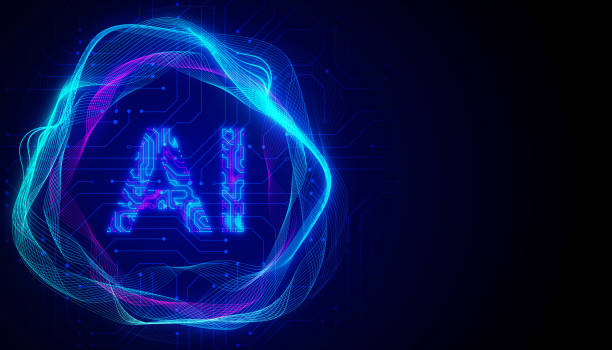
In the current era, the discussion around #Artificial_Intelligence and robotics is more heated than ever, and the concept of AI robots is no longer confined to science fiction films.
This advanced technology is rapidly reshaping our world, showcasing new facets of its capabilities every day.
From gigantic industrial robots on production lines to tiny virtual assistants in smartphones, robotics and #Artificial_Intelligence are integrating into the fabric of our daily lives.
This massive transformation not only provides unparalleled opportunities for progress and prosperity but also raises important questions about the future of work, ethics, and human-machine interaction.
In this article, we delve into an explanatory and analytical review of this phenomenon.
Did you know that your company’s website is the first point of contact for 75% of potential customers?
Your website is the face of your brand. With **RasaWeb** corporate website design services, build an online presence that earns customer trust.
✅ Create a professional and lasting brand image
✅ Attract target customers and increase online credibility
⚡ Get free consultation from **RasaWeb** experts!
How Does an AI Robot Work? Key Components and Mechanisms
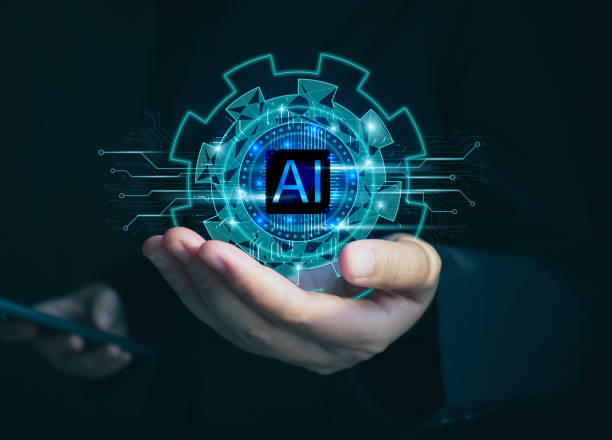
To understand how an AI robot works, we must first become familiar with its main components.
These robots are typically composed of three major parts: sensors, actuators, and the processing brain, which is the artificial intelligence itself.
Sensors collect environmental information, similar to human eyes and ears.
This information can include visual, auditory, tactile, or even chemical data.
Then, this data is sent to the central processing unit, where advanced machine learning algorithms and natural language processing (if necessary) are employed for analysis and decision-making.
This processor is the robot’s intellectual brain, enabling it to recognize patterns, make predictions, and learn.
Finally, based on the decisions made by the artificial intelligence, actuators (such as robotic arms, wheels, or sound systems) come into play and perform the robot’s physical or verbal reactions.
This continuous cycle of sensing, processing, and acting is what enables an AI robot to perform complex tasks and intelligent interactions.
This specialized section provides an educational explanation of the foundational workings of an intelligent system.
Applications of AI Robots in Today’s World: From Industry to Services
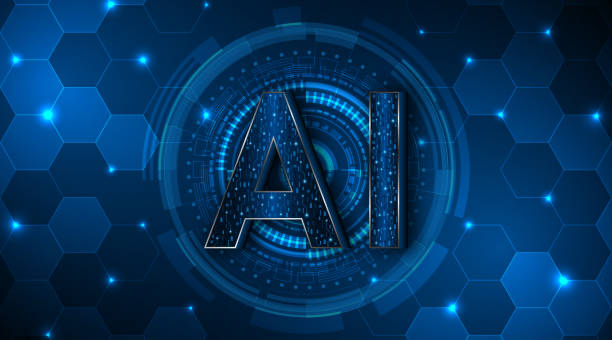
The applications of AI robots have become incredibly widespread and diverse today, with their footprint visible in almost every field.
In the industrial sector, intelligent robots are used in assembly lines, welding, and quality inspection, leading to a significant increase in precision, speed, and cost reduction.
In healthcare, high-precision surgical robots and nursing robots are being developed to assist patients and the elderly.
Furthermore, in the service sector, we see the presence of intelligent robots in call centers, customer service, and even providing restaurant services.
Self-driving cars, which operate based on artificial intelligence, are another prominent example of progress in this field.
These robots not only simplify our daily lives but are also very useful for performing dangerous or repetitive tasks.
The daily news of new advancements in this field indicates the immense and growing potential of this technology.
Here is a table of some common applications of AI robots:
| Application | AI Robot Example | Description |
|---|---|---|
| Industry and Manufacturing | Assembly robots, Welding robots | Increased precision, speed, and safety on factory production lines. |
| Medicine and Healthcare | Surgical robots (e.g., Da Vinci), Nursing robots | Assisting in precise surgeries, caring for patients and the elderly. |
| Customer Service | Chatbots, Virtual assistants | 24/7 responsiveness to customer inquiries and support. |
| Transportation | Self-driving cars, Delivery drones | Improved safety and efficiency in goods and passenger transportation. |
| Agriculture | Crop planting and harvesting robots, Field monitoring robots | Increased productivity and reduced need for human labor. |
The Future of AI Robots: Innovative and Transformative Prospects
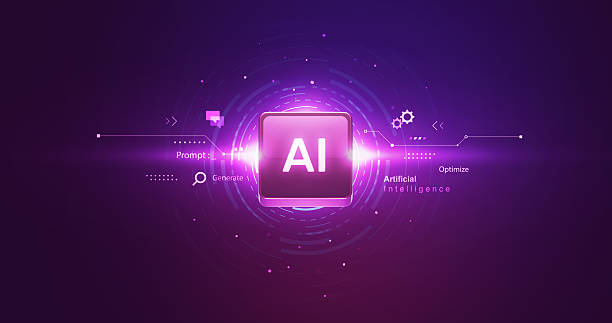
The future of AI robots is full of innovative and transformative potential that can revolutionize various aspects of human life.
It is predicted that future generations of intelligent robots, with deeper learning capabilities, more complex reasoning, and more natural interaction with humans, will achieve new levels of intelligence.
One significant prospect is the development of collaborative robots (cobots) that work alongside humans safely and effectively, rather than replacing them.
We will also see advancements in soft robotics, which are made from flexible materials and can operate in environments where current rigid robots cannot.
This includes robots for space exploration, search and rescue missions in disaster-stricken areas, and even medical applications inside the human body.
The question that arises here is: Are we ready for this level of integration of artificial intelligence into our lives? This analytical section helps us prepare for the challenges and opportunities ahead.
AI robots will certainly play a more prominent role tomorrow.
Did you know that poor online store design can drive away up to 70% of your potential customers? RasaWeb transforms your sales with professional and user-friendly e-commerce website designs.
✅ Significant increase in sales and revenue
✅ Full optimization for search engines and mobile devices
⚡ [Get Free Consultation from RasaWeb]
Ethical and Social Challenges of AI Robot Emergence
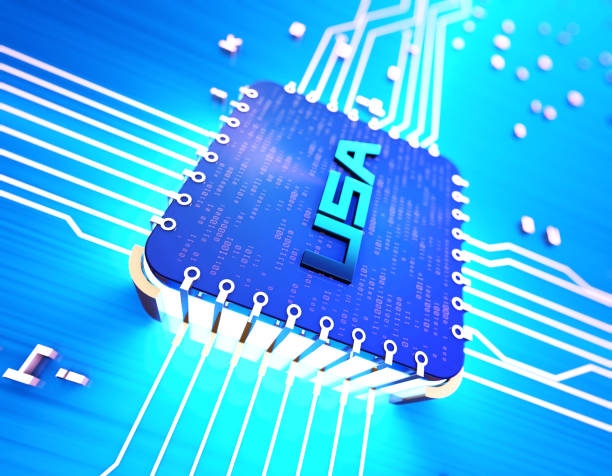
With countless potentials, the emergence of AI robots and intelligent systems also brings significant ethical and social challenges.
One of the main concerns is the impact of this technology on the job market.
Will robots eliminate human jobs? And if so, how should we prepare for this change? Other controversial content questions arise, such as accountability for errors made by self-driving or surgical robots.
If an intelligent robot makes an error that leads to harm, who is responsible? The manufacturer, the programmer, or the robot itself? Data privacy is also a major challenge, as robots and intelligent systems collect and process vast amounts of personal information.
Furthermore, there are concerns about the autonomy and control of robots, especially in military applications or sensitive decision-making.
Society must actively engage in discussion and establish appropriate laws and regulations to manage these challenges to ensure that the development and deployment of AI robots will be for the benefit of humanity and not against it.
The Role of AI Robots in Industry Transformation and Automation
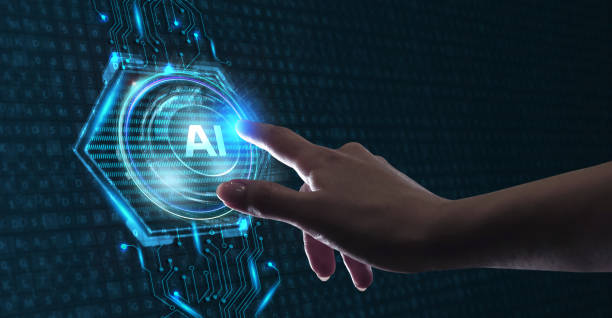
AI robots are at the heart of the Fourth Industrial Revolution, playing a pivotal role in industry transformation and automation.
With their advanced capabilities, these robots not only perform repetitive and dangerous tasks with high precision and speed but are also capable of learning, adapting, and optimizing processes in real-time.
In smart factories, AI-powered robots can identify production defects, manage inventory, and even communicate with other machines on the production line to increase overall efficiency.
These systems have led to increased productivity, reduced waste, and improved product quality.
A deep analysis of production data by these robots allows companies to make data-driven decisions and continuously improve their processes.
This provides opportunities not only for large industries but also for small and medium-sized businesses to automate and become more competitive.
This is important news for the global economy, demonstrating how AI-based robots are redefining manufacturing structures.
AI Robots in Daily Life: Smart Assistants and Connected Homes
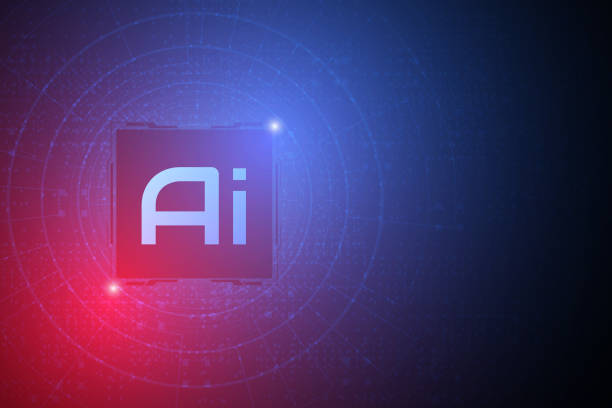
Beyond factories and hospitals, AI robots are slowly penetrating our daily lives, becoming an integral part of our homes and personal spaces.
Smart voice assistants like Alexa and Google Assistant are prime examples of this penetration, allowing us to play music, ask for weather information, or control our smart home devices with voice commands.
Robotic vacuum cleaners that automatically clean our floors are another example of these smart robots that make life more entertaining and easier for us.
With the advancement of the Internet of Things, our homes are becoming smarter and more connected, and AI-based robots will play a central role in managing and optimizing this ecosystem.
These robots will be able to learn our energy consumption patterns, monitor home security, and even actively offer suggestions to improve the quality of life.
This section provides guidance on utilizing these smart tools.
Here is a table of some common AI robots in daily life:
| AI Robot/System Name | Main Application | Benefit to User |
|---|---|---|
| Voice Assistants (e.g., Siri, Alexa, Google Assistant) | Voice control of devices, answering questions, setting reminders | Convenience and easy access, increased personal productivity |
| Robotic Vacuum Cleaners (e.g., Roomba) | Automated floor cleaning | Time and effort saving, continuous home cleanliness |
| Smart Home Security Systems | Monitoring, motion detection, access control | Increased security and peace of mind |
| Smart Refrigerators | Food inventory management, recipe suggestions, online ordering | Reduced food waste, ease in meal planning |
| Wearable Health Monitors | Activity tracking, heart rate, sleep | Increased awareness of personal health, contributing to a healthier lifestyle |
Learning and Adaptability in AI Robots: The Path of Intelligence Evolution
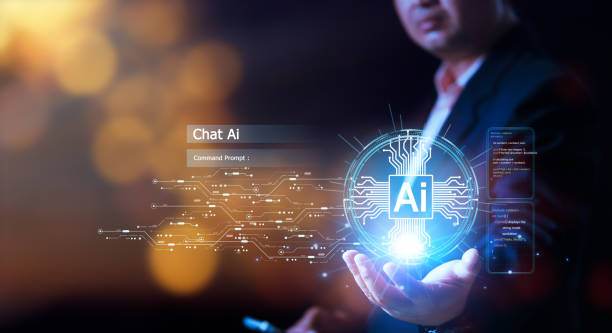
One of the most fascinating aspects of AI robots is their learning and adaptability capabilities.
Unlike traditional robots that operate solely based on pre-programmed instructions, intelligent robots can learn from their experiences and adjust their behavior to new environments and conditions.
This capability is made possible through deep learning and reinforcement learning algorithms.
For example, a delivery robot can navigate different environments, identify the best routes, and bypass unexpected obstacles.
Or a facial recognition system can improve its accuracy by seeing new images.
This ability to learn and evolve makes AI robots extremely powerful and flexible tools that can perform effectively in dynamic and unpredictable environments.
This educational section explains the mechanisms behind these astonishing capabilities and shows how an AI robot continuously becomes smarter.
Research shows that 80% of customers trust companies with a professional website more. Does your current website inspire this trust?
With RasaWeb’s corporate website design services, permanently solve the problem of customer distrust and a weak online image!
✅ Create a professional image and increase customer trust
✅ Attract more sales leads and grow your business
⚡ Get Free Consultation
The Impact of AI Robots on Employment and the Future Economy

The impact of AI robots on employment and the future economy is one of the most important and, at the same time, most controversial topics currently.
On one hand, many are concerned about the elimination of traditional jobs by robots and automation systems, especially in sectors such as manufacturing, transportation, and customer service.
An analysis of current trends shows that repetitive and rule-based tasks are more susceptible to automation.
On the other hand, the emergence of artificial intelligence and robotics has also led to the creation of new jobs, from robotic engineers and data scientists to user interface designers for intelligent systems.
Furthermore, intelligent robots can contribute to increasing the overall productivity of the economy, which in turn can lead to growth and the creation of new opportunities.
The main challenge here is not merely job displacement, but the necessity of retraining and reskilling the workforce to adapt to the changing demands of the labor market.
Governments, educational institutions, and companies must collaborate to prepare society for these transformations to ensure that the transition to an AI robot-based economy is a fair and inclusive one.
The Difference Between AI Robots and Traditional Robots from a Specialist Perspective

At first glance, an AI robot and a traditional robot might look similar, but from a specialist perspective, there are fundamental differences between them.
Traditional robots, mainly seen on industrial assembly lines, operate based on precise, pre-programmed instructions.
They excel at performing repetitive and structured tasks but lack the ability to learn, adapt, or make independent decisions.
If the environment or task changes even slightly, they may require extensive reprogramming.
In contrast, an AI robot is equipped with advanced artificial intelligence algorithms that enable it to process data, learn from experiences, recognize patterns, and even make decisions in new situations.
These robots can interact with changing environments, correct their own errors, and independently offer solutions to problems.
For example, a traditional robot can only place a component in a specific way, but an AI robot can learn how to assemble different components with varying shapes, even if it has not seen them before.
This is the essential difference that elevates the AI robot to a new level of capabilities, making it suitable for a wider range of applications.
Frequently Asked Questions
| Row | Question | Answer |
|---|---|---|
| 1 | What is an AI robot? | An AI robot is a machine capable of understanding, reasoning, learning, and problem-solving, and can perform complex tasks with relative autonomy. |
| 2 | What are the most important applications of AI robots? | Key applications include industrial manufacturing, customer service (chatbots), medicine and surgery, autonomous transportation, space exploration, and military affairs. |
| 3 | What is the main difference between an AI robot and a regular robot? | A regular robot only follows programmed instructions, while an AI robot can learn from data, make decisions, and adapt itself to new environments. |
| 4 | How do AI robots learn? | They learn through machine learning algorithms (such as deep learning, reinforcement learning) and by processing vast amounts of data, identifying patterns, and improving their performance. |
| 5 | Can AI robots have emotions? | Currently, AI robots do not have real emotions in the human sense. They can mimic or detect emotions, but they do not understand or experience them. |
| 6 | What are the current limitations of AI robots? | Limitations include the need for large amounts of data, inability to understand abstract concepts, lack of true creativity, ethical issues, and challenges of generalization in new environments. |
| 7 | What is the role of AI in the development of Humanoid robots? | AI helps humanoid robots to walk, maintain balance, perceive their surroundings, interact with humans, and perform complex tasks. |
| 8 | How is the future of AI robots predicted? | AI robots are predicted to become smarter, more autonomous, and capable of performing more complex tasks in daily life and industry, and their interaction with humans will increase. |
| 9 | Can AI robots replace all human jobs? | It is unlikely that all human jobs will be replaced. Robots will take over many repetitive and dangerous tasks, but jobs requiring creativity, empathy, and ethical judgment will remain. |
| 10 | What ethical and social challenges arise with the expansion of AI robots? | Challenges include issues related to privacy, data security, ethical decision-making by robots, impact on employment, and accountability in case of errors. |
And other advertising services of RasaWeb Advertising Agency
Smart Link Building: An innovative platform for improving customer acquisition by optimizing key pages.
Smart Data Analysis: A professional solution for improving SEO ranking with a focus on intelligent data analysis.
Smart Custom Software: A new service for increasing sales through attractive user interface design.
Smart Google Ads: Designed for businesses seeking to manage campaigns through SEO-driven content strategy.
Smart Brand Identity: A professional solution for digital branding with a focus on attractive user interface design.
And over hundreds of other services in the field of internet advertising, advertising consultation, and organizational solutions
Internet Advertising | Advertising Strategy | Advertorials
References
The Future of Robotics and Artificial Intelligence in Iran
Artificial Intelligence and Daily Life
The Evolution of Artificial Intelligence: From Concept to Application
Artificial Intelligence: Dream or Reality?
? To soar in the digital world and reach more customers, Rasaweb Afarin Digital Marketing Agency is by your side with creative and results-driven solutions. From custom website design and SEO optimization to professional social media management, we give your business a powerful identity that resonates with your audience. Contact us and revolutionize your business’s future.
📍 Tehran, Mirdamad Street, next to Bank Markazi, Kazeroon Jonubi Alley, Ramin Alley, No. 6




